VDP Interrupts
Wednesday, 20th December 2006
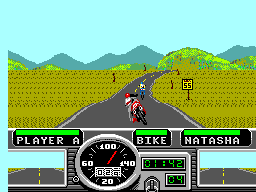
The VDP can generate two different types of CPU interrupt.
The first, and easiest, is the frame interrupt, which is requested when an entire frame has been generated. This is requested, therefore, at a regular 60Hz in NTSC regions and 50Hz in PAL regions - it's a useful timer to synchronise your game to.
The second, and more complex, is the line interrupt. This interrupt is requested when a user-definable number of scanlines have been displayed. An internal counter is decremented each active line (and one more just after), and when it overflows it resets to the value held in a VDP register and requests the interrupt (so 0 would request an interrupt every line, 1 every other line and so on). For every other line outside the active display area, the counter is reset to the contents of the VDP register.
Both interrupt types can be enabled or disabled by defined bits held in the VDP registers.
(The above should be loosely correct, the below is a little more uncertain).
Once an interrupt is requested, a flag for said interrupt is set. The flag is not reset until the VDP control port is read, so you must read the VDP control port if you expect any further interrupts.
To differentiate between line and frame interrupts you can check the value read from the control port. If the most significant bit is set, a frame interrupt (at least) was requested. Reading the vertical counter port (which returns the current scanline's vertical position) will also let you know where you are.
Something is a little wonky with my vertical counting code, as all lines end up being one too large. For the moment I'm subtracting one before returning the value (and waiting one extra scanline before triggering the frame interrupt) which is a horrible solution, but for the moment it has fixed a number of games that weren't working at all before.
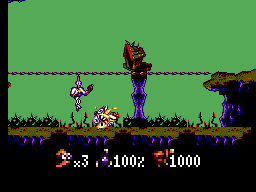
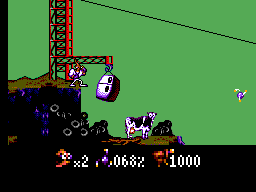
Earthworm Jim, which relies on line interrupts to switch on zoomed sprites to dipslay the status bar at the bottom, now plays. It's missing some graphics on the title screens, though.
For some reason, rebuilding my Z80 emulator (which is in a different project) fixed some other interrupt-related glitches, so I have a sneaking suspicion most of my earlier problems are related to using an out-of-date DLL.
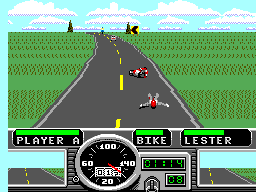
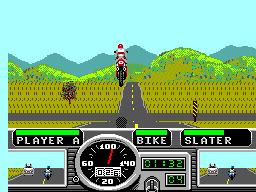
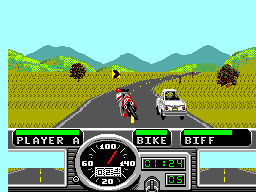
Road Rash highlighted another bug. The VDP can draw doubled sprites - that is, when a particular bit is set it will draw sprites as 8x16 pixels, stacking two consecutive sprite tiles on top of each other. Road Rash uses this mode, but also uses odd sprite indices (odd as opposed to even, not strange). The VDP will only take even indices, so a line of code to clear the least significant bit if using doubled sprites fixed that.
Still no sound, though.
Real 3D on classic 2D hardware
Monday, 18th December 2006
My existing implementation of the standard mapper used the values $1FFC..$1FFF in RAM as the paging registers. This is incorrect; from what I can now tell the paging registers are only updated if you write to the $FFFC..$FFFF range, and isn't anything to do with the RAM anyway (the fact that they end up in RAM is a side-effect, not the main way of doing things).
Updating my code to handle this, rather than using the values in RAM, fixed some games; notably Phantasy Star and Space Harrier.
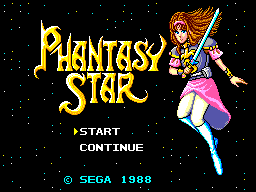
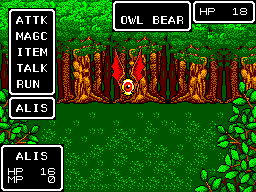
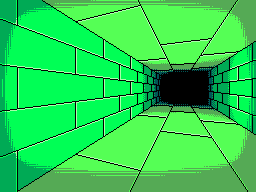
Thanks to Maxim's post, I fixed the Codemasters mapping for the Excellent Dizzy Collection:
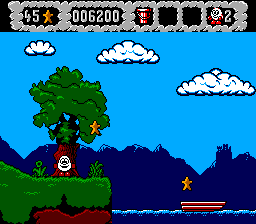
A fun bit of hardware is the 3D glasses. These LCD shutter glasses could be used with certain games, and are controlled by writing to the memory range $FFF8..$FFFB. The least-significant bit controls which shutter is open and which is shut, and by alternating frames rapidly in time with the shutters you can display two views; one for the left eye, one for the right.
I've added four different 3D glasses mode. No effect doesn't do anything special, so you just get an unsightly flickery view. Frozen displays frames for one eye only, giving you a 2D view of the 3D game.
To recreate the 3D view on your PC, though, there are two methods. The first method is the standard red-green anaglyph view, for use with those red-green glasses:
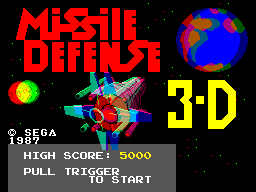
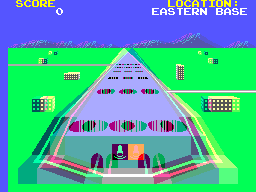
Unfortunately, on top of the usual shimmery view you get from anaglyphs, this is made even worse by the fact that I don't remove the existing colour information from the frames. This looks nicer without glasses, but looks really quite horrible when viewed (as intended) through the glasses. For example, the red text is invisible through the green filter, but strongly visible through the red filter, making it shimmer.
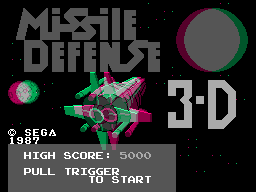
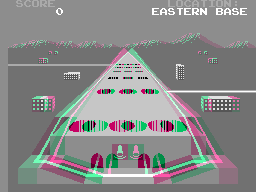
By sacrificing the colour and only taking the luminance of the orignal frames, you get an anaglyph that remains stable when viewed.
Fortunately, there is an easy way to retain full colour information in a 3D image, which is to use a stereo pair.
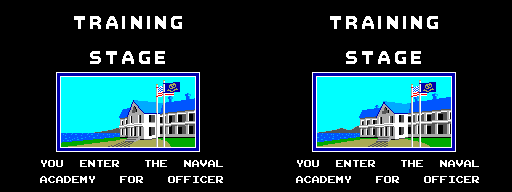
The image on the left is to be viewed by your right eye, and the one on the right by your left eye. If you cross your eyes until the two images overlap, and concentrate on the middle one, you should be able to focus on a 3D image.
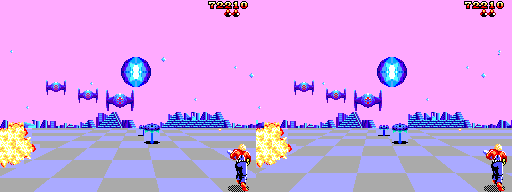
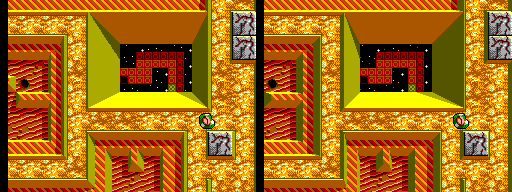
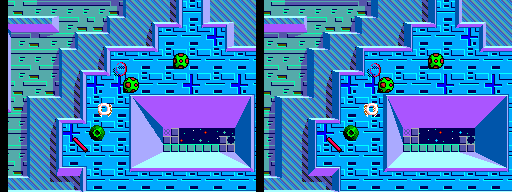
I tried adding sound emulation back in, but the timing has confused me once more. If you can help, I've posted the relevant thread here.
Turning Japanese
Friday, 15th December 2006

The Z80 CPU uses 16-bit addressing, which limits it to a 64KB address space. As well as fitting the program ROM into this space, we need to fit in the machine's 8KB RAM, limiting us even further.
To get around this limitation, the memory is broken down into a series of windows ("frames"), and you can change what is visible in some of these windows.
The memory range $C000..$DFFF can be used to address the 8KB RAM. This is mirrored from $E000..$FFFF; that is, reads and writes to $E000 work as if you were reading and writing to $C000.
There are three other windows; from $0000..$3FFF, $4000..$7FFF and $8000..$BFFF. By changing the contents of RAM (addresses $FFFC..$FFFF) you can adjust what is accessible from these memory ranges.
The lower 1KB cannot be paged out - this is because when the device boots the contents of RAM (and thus paging registers) are undefined, and you need something fixed in place to set up the machine correctly.
I had already implemented most of the above, with two omissions. The first was that certain cartridges contained their own additional RAM chips (accessible by setting flag bits in paging register $FFFC) that could be used as saved game area. Ys appears to use this area, and so didn't work without it. That was the garbled screenshot I posted earlier:
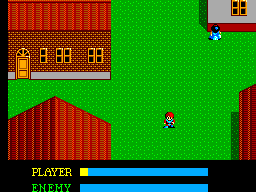
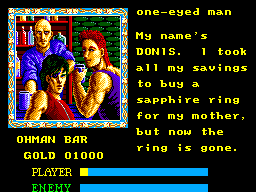
The Flash now works too.
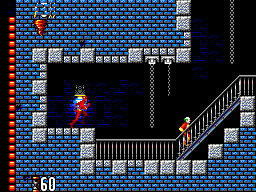
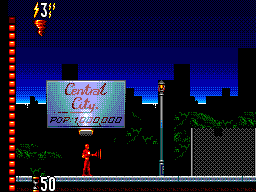
The second omission was that Codemasters games use a different mapping system to the standard one. Fortunately it is significantly simpler; the 32KB from $0000..$7FFF is locked, and the 16KB from $8000..$BFFF is offset based on a value previously written to address $8000. ($C000..$FFFF is 8KB work RAM as usual).
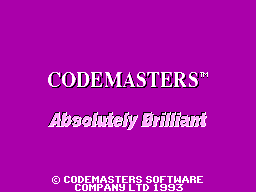
The Excellent Dizzy Collection as seen at the top of this post doesn't entirely work; when you pick a game it resets. Some other emulators do this too. The Game Gear games Cosmic Spacehead and Micro Machines (1 and 2) work well, though.
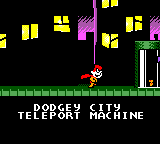
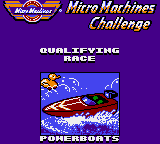
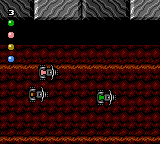
After some fiddling around with the VDP emulation and interrupts, some more games work (but I'm not sure why they now work):
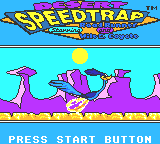
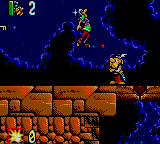
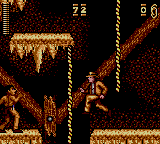
Other parts of the emulator have been improved. It can now be set to either domestic (Japanese) or export (everyone else) modes, which affects some games in a variety of ways - from translated text, to removing the Mark III bumper screen, to changing the title of the game.
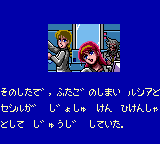
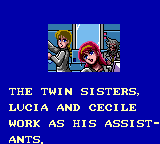
For Game Gear games, detecting whether it's a Japanese machine or not is simple - test the 6th bit returned when you read port $00. If it's set, you've got an export machine.
However, port $00 is Game Gear-specific - the Master System hardware has a peculiarity that is used to detect region. There are two ports for controllers, and each controller has up, down, left, right, TL, TR and TH lines. You can set the TR and TH lines to be inputs or outputs (and the output level if configured as output) by writing to the I/O control port. If you set them to outputs and try and read from them, on export hardware you get the values you are telling them to output. On Japanese machines, however, they return 0s regardless of the chosen output level.
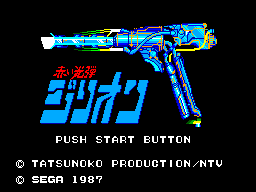
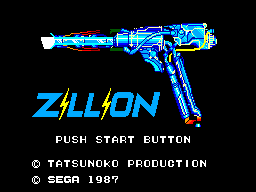
A more fun addition is Game Genie support. A simple call to Emulator.AddGameGenieCode("3A0-21C-2A2"); and Sonic can stand here all day:
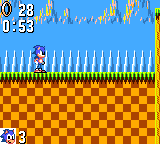
Of course, the technical information above is my interpretation of what I've gathered so far from various documents from far brainier chaps than I, and the fact that all I have is a broken emulator indicates that it is probably complete rubbish. ![]()
Kids, just say No to bilinear filtering
Monday, 11th December 2006
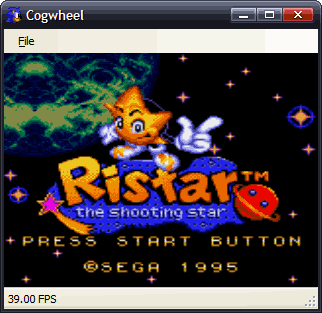
The old layout of the emulator was a bit of a mess.
The Z80 emulator needed to sit inside a class of your design that inherited from IHardwareController (and so exposed methods to handle hardware devices) and another that inherited from IMemoryDevice that exposed methods that could be used to read and write to memory.
As you might imagine, this got a little messy what with the various nested classes needing to pass references to eachother around. The new design is much more straightforwards - you build a class that inherits from Z80A (which is the basic Z80 emulator) and override the four functions for reading from/writing to memory addresses/hardware ports.
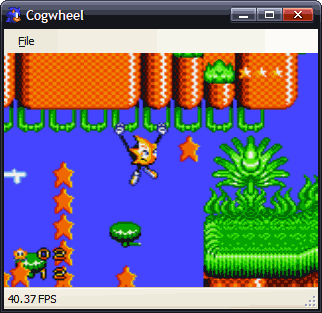
Further to that, the Master System emulator itself has been shunted out to its own class library, meaning that the code isn't mixed up with interface code. This way I can easily have two different front-ends - an MDI Windows GUI for example, like the one I've posted screenshots of before, with debugging tools and so on, and an XNA interface that runs full-screen, taking input from a connected joypad.
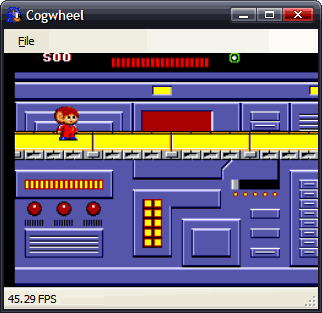
For the moment I have the blurry and slow solution which is just to dump the output Bitmap onto a form. You can probably guess as much from the pathetic framerates reported on the above screenshots.
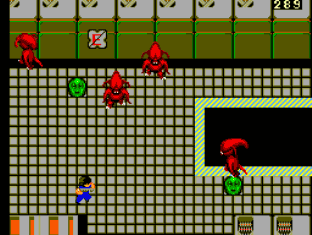
Overall compatibility is still increasing slowly. Some programs that used to work now don't, of course. It goes both ways.
The VDP emulation has been significantly rewritten. A lot of the main scanline rasteriser is still the same as it was, though, but slight fixes have been made there (including picking the correct backdrop colour - an x & 0xF + y versus (x & 0xF) + y bug - and sorting out the second column) but I still have a lot of interrupt-related bugs to iron out.
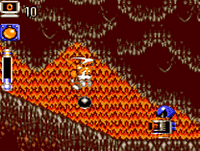
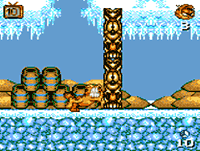
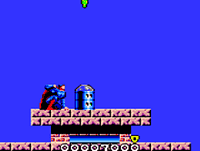
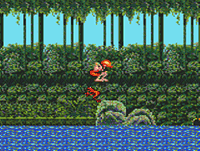
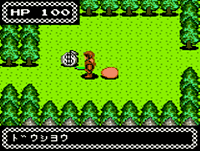
Just as a test, I cobbled together an 'alternative' interface that uses that console code I posted here a while back.
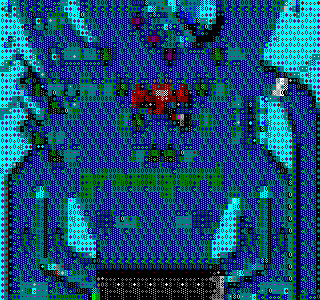
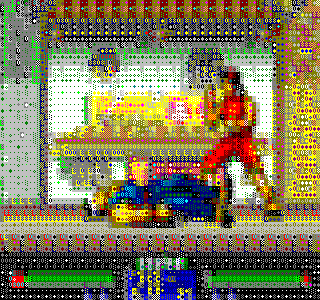
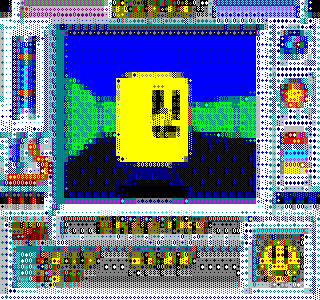
It's a sad thing that the above runs at a decent framerate, whereas the graphical versions run at half the rate of they should. At least, that is running in Debug mode within the IDE...
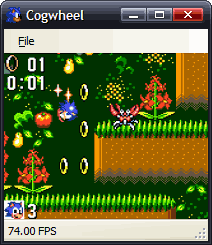
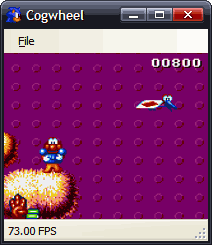
Checking the Release build would always be a better plan. That's still lousy performance in my book, though.
Having written the above, I decided to look at the official Game Gear documents once again, and reread the section on ROM banking. I had not realised that for 1MBit cartridges, area 0 and area 1 ($0000..$3FFF and $4000..$7FFF respectively) were fixed, and only area 2 ($8000..$BFFF) could be changed.
Fixing areas 0 and 1 fixed a number of the smaller games:
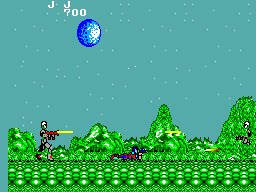
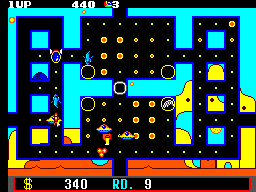
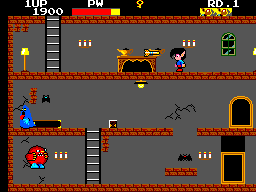
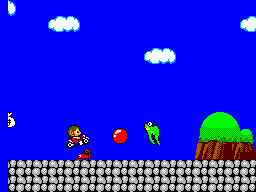
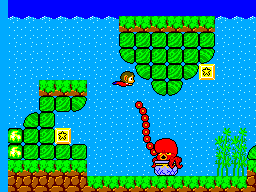
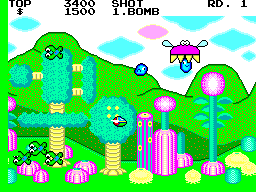
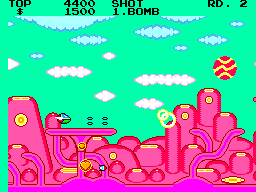
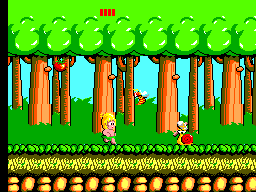
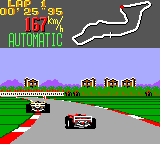
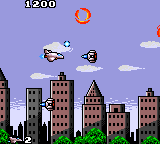
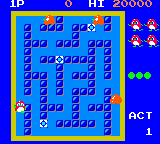
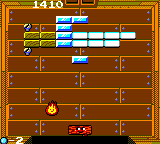
It turns out that if I resize the window so the display is at 1:1 pixel scaling, I get ~73FPS on my machine and - most importantly - only 3% CPU usage. If I make the window even twice as large as it was, it drops to about 30FPS and 100% CPU usage. DirectX beckons...
New Z80 emulator
Wednesday, 6th December 2006
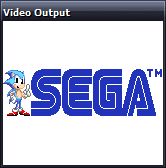
One chap I cannot thank enough is CoBB for all his hard work in the Z80 field.
I've rewritten the Z80 emulation from scratch; this time it uses an expanded switch block (the 'manual' way) to decode instructions. Rather than write every combination of instructions out by hand, the code making up the switch blocks up is generated by another program, reading instruction information from a table copied from an Excel spreadsheet.
At the cost of a significantly larger assembly (from 40KB to 140KB) I now get a 100% speed increase (from ~50MHz to 100MHz).
I still can't pass the port of ZEXALL I'm testing with (and the same instructions too - not bad for a 100% rewrite to end up with exactly the same bugs), but after comparing some of my offending tables against CoBB's ones I've isolated some of the hiccoughs. The only instruction group test I fail is, naturally, the one that takes the longest to execute - getting a hardware, or indeed emulator, comparison takes well over an hour.
Anyhow, rewriting the Z80 emulation seems to have been the right thing to do. As you might have guessed from the picture at the top of this entry, Sonic now runs.
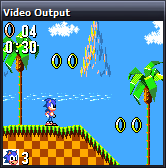
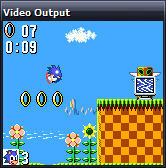
My VDP (Video Display Processor) emulation is still rather rough-and-ready (I've really been concentrating on the Z80 bit) and the second column of background tiles is not updated correctly, so I apologise in advance for the distortion! It only appears in SMS mode (the display is cropped in Game Gear mode).
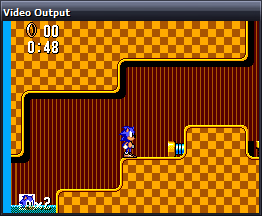
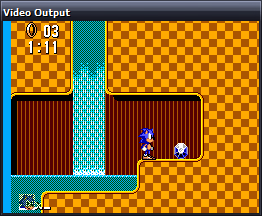
The fill colour (in the left column here) is incorrect in most games too.
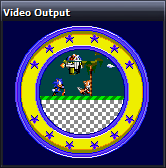
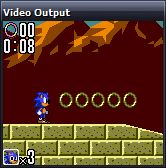
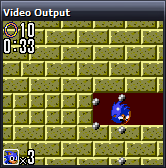
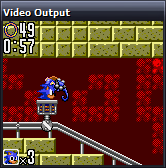
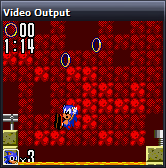
I rather preferred Sonic 2, but maybe that's because you can pick up dropped rings and I'm rather lousy at it otherwise.
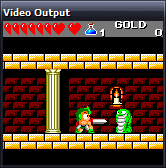
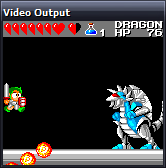
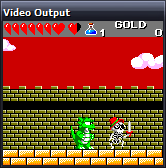
I accused the previous Wonder Boy III shot of not reading the start button. Somehow I also failed to notice the missing sprites (clouds and main part of the castle), which was part of the main problem. It now appears to play well.
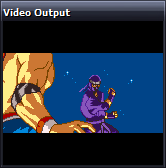
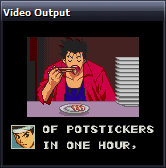
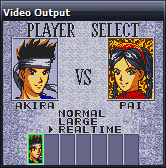
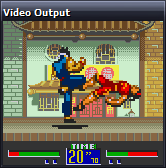
Support for zoomed sprites seems to be missing in some emulators (at least, the versions of Dega and Pastorama I have to hand), but I use them so implemented them to let my programs work when testing - it's nice to see a commerical game use them too!
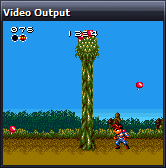
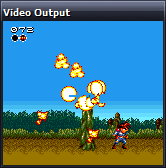
Gunstar Heroes runs, but flickers and jumps (not the visible sprite 'flicker' in those screenshots) - some bug in my CPU interrupt handling or VDP interrupt generation.
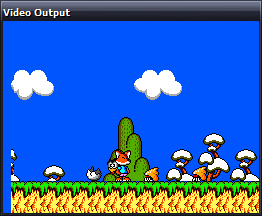
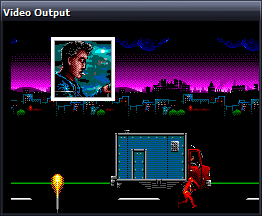
Psycho Fox runs insanely fast - even faster than The Flash as seen to the right - making an already difficult game to control virtually impossible. I'm really not sure what could be causing that, but the enemy sprites sometimes flicker up and back down quickly, so it could be one of the remaining CPU bugs.
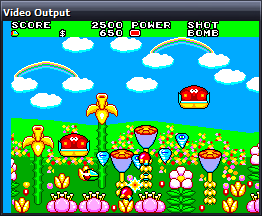
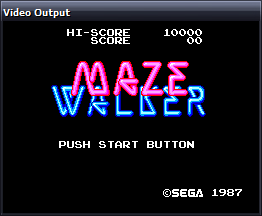
Fantasy Zone demonstrates both the blanking colour bug (that left column should be green) and the distorted second column bug, but plays well. I tried to get a better screenshot of Maze Walker, but not handling 3D glasses makes looking at the screen a rather unpleasant experience (it flickers the left and right eye views in quick succession; the 3D glasses had two LCD shutters that opened and closed in sequence with the images on-screen).
I might add a Dega-esque red/green anaglyph filter, but I find those rather unpleasant to look at so might provide a stereo pair view.
In any case, the most important SMS game now runs -
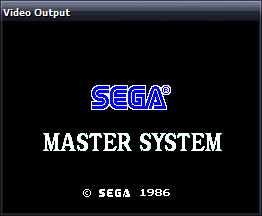
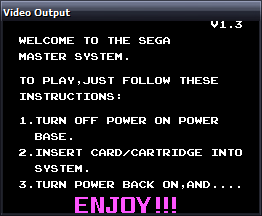
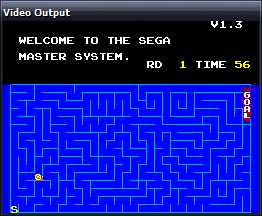
I shall refrain from using the Terry Pratchett quote (just this once).
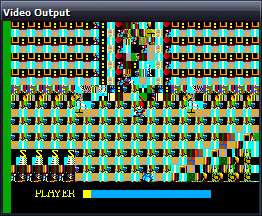
Some games look like the above, which makes me happy - it's the ones that do nothing at all that worry me. What with the CPU bugs, dodgy emulation of the mapper, missing (important!) hardware ports and hackish VDP, it's surprising anything runs. It's getting better.
EDIT: How are there so many spelling errors? Fantasy Start as opposed to Fantasy Zone, Video Display Hardware as the expansion of the VDP acronym... I should not write these so late at night.